Home>Furniture & Design>Bathroom Accessories>How To Get Toilet Bowl To Fill With More Water
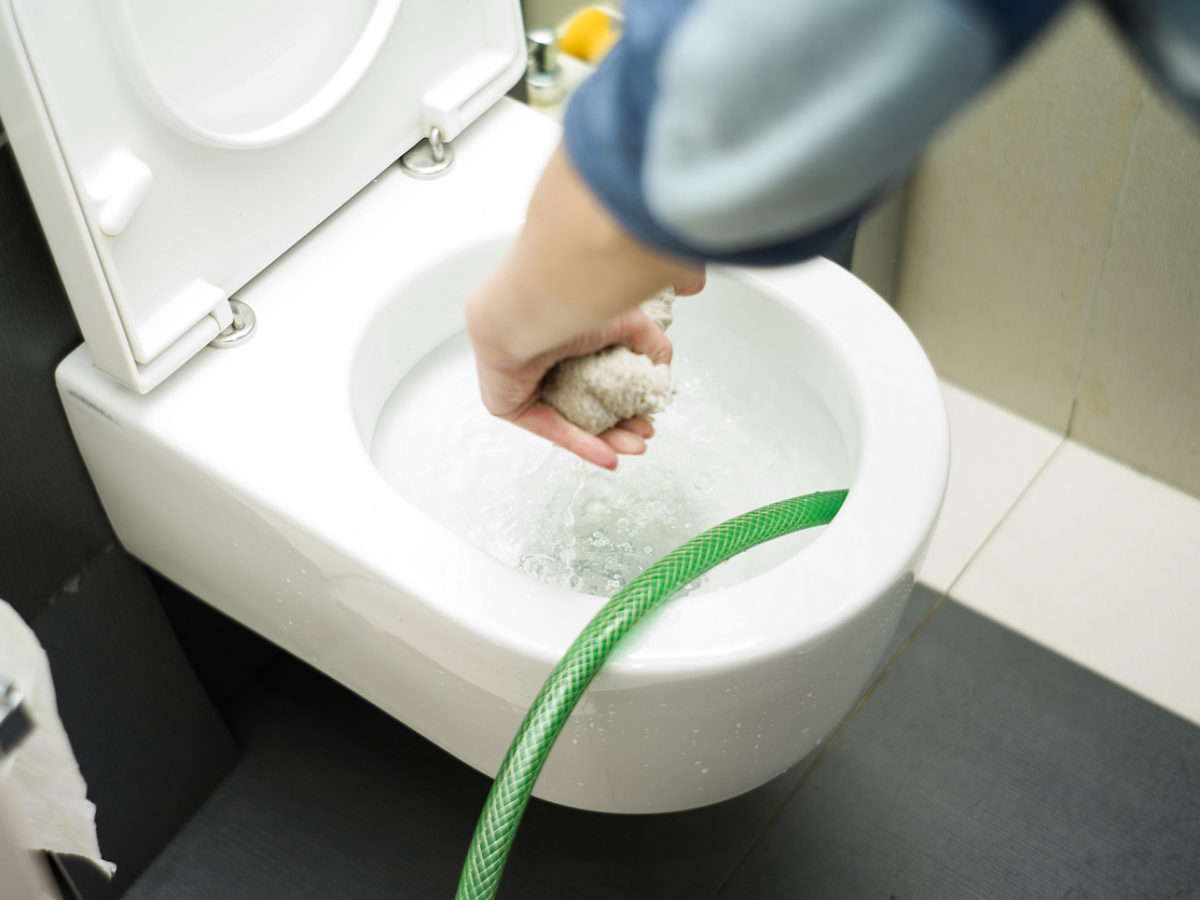

Bathroom Accessories
How To Get Toilet Bowl To Fill With More Water
Modified: February 28, 2024
Discover how to increase the water level in your toilet bowl with effective bathroom accessories. Improve your bathroom experience today!
(Many of the links in this article redirect to a specific reviewed product. Your purchase of these products through affiliate links helps to generate commission for Storables.com, at no extra cost. Learn more)
Introduction
Ensuring that your toilet bowl fills with an adequate amount of water is essential for proper flushing and maintaining a clean and hygienic bathroom environment. If you've noticed that your toilet bowl isn't filling to the desired level, there are several potential causes and solutions to explore. By understanding the factors that can affect the water level in your toilet bowl, you can take the necessary steps to address the issue and restore optimal functionality.
Adequate water level in the toilet bowl is crucial for effective waste removal and preventing unpleasant odors from permeating the bathroom. When the water level is too low, it can lead to incomplete flushing, resulting in potential hygiene concerns and the need for frequent cleaning. Conversely, an excessively high water level may lead to inefficient flushing and potential overflow issues. Therefore, achieving the correct water level is vital for the overall performance and functionality of your toilet.
In this comprehensive guide, we will explore various methods to troubleshoot and address low water levels in your toilet bowl. From simple adjustments to potential maintenance tasks, we will cover the necessary steps to help you achieve an optimal water level for your toilet bowl. By following these guidelines, you can ensure that your toilet functions efficiently and maintains a proper water level, contributing to a more comfortable and hygienic bathroom experience for you and your household.
Key Takeaways:
- Keep your toilet bowl clean and hygienic by ensuring it fills with enough water. Regularly check the water level, inspect tank components, and adjust the fill valve to maintain optimal flushing performance.
- Prevent low water levels in your toilet bowl by cleaning the rim feed holes and checking for drain clogs. Proactive maintenance ensures efficient flushing and a consistently adequate water level.
Read more: How To Get More Water In Your Toilet Bowl
Check the Water Level
Checking the water level in your toilet bowl is the first step in addressing any issues related to inadequate filling. The water level in the bowl should typically be around halfway up the opening of the trap (the curved section located at the bottom of the bowl). If the water level is significantly lower than this, it may indicate an underlying problem that needs to be addressed.
To check the water level, start by removing the tank lid and observing the water level in the tank. The water level should be approximately 1 inch below the top of the overflow tube. If the water level in the tank is too low, it can result in insufficient water being released into the bowl during the flushing process, leading to a low water level in the bowl.
If the water level in the tank appears to be adequate, the next step is to inspect the flapper valve. A malfunctioning or deteriorated flapper valve can impede the proper release of water from the tank into the bowl, resulting in a lower water level than desired. Ensure that the flapper valve is functioning correctly and creating a sufficient seal to allow the tank to release an appropriate amount of water into the bowl during flushing.
In some cases, the water level in the bowl may be affected by the positioning of the refill tube. The refill tube is responsible for directing water into the bowl after flushing. If the refill tube is not positioned correctly or is obstructed, it can impede the proper filling of the bowl. Ensure that the refill tube is securely connected and positioned to allow water to flow freely into the bowl.
If the water level in the bowl remains low after checking the tank water level, flapper valve, and refill tube, it may be necessary to inspect the fill valve. The fill valve regulates the water level in the tank and, subsequently, the amount of water released into the bowl during flushing. Adjusting the fill valve can help ensure that an adequate amount of water is released into the bowl, resulting in a proper water level after each flush.
By thoroughly checking the water level in the tank, inspecting the components that regulate water flow into the bowl, and making necessary adjustments, you can effectively address low water levels in your toilet bowl. This proactive approach can help maintain optimal flushing performance and ensure that the bowl consistently fills with the appropriate amount of water, contributing to a more efficient and hygienic bathroom experience.
Adjust the Fill Valve
Adjusting the fill valve is a crucial step in addressing low water levels in your toilet bowl. The fill valve, also known as the ballcock or float valve, plays a pivotal role in regulating the water level in the tank and subsequently controlling the amount of water released into the bowl during flushing. By making precise adjustments to the fill valve, you can ensure that an adequate amount of water is delivered to the bowl, effectively addressing low water level issues.
To begin the adjustment process, locate the fill valve in the toilet tank. The fill valve is typically positioned on the left side of the tank and is connected to the water supply line. It features a float that rises and falls with the water level in the tank, signaling the valve to open and close as needed to maintain the desired water level.
Start by identifying the adjustment mechanism on the fill valve. Many modern fill valves are equipped with a screw or a similar mechanism that allows for easy adjustment of the water level. By turning the screw in a clockwise or counterclockwise direction, you can raise or lower the water level in the tank, subsequently affecting the amount of water released into the bowl during flushing.
Before making any adjustments, it's essential to determine the optimal water level for your specific toilet model. This information can typically be found in the toilet's user manual or obtained from the manufacturer's guidelines. The recommended water level is crucial for achieving efficient flushing and ensuring that the bowl fills with the appropriate amount of water after each flush.
Once you have identified the desired water level, use a screwdriver or the designated tool to adjust the fill valve accordingly. Turn the adjustment screw in small increments, periodically flushing the toilet and observing the water level in the bowl. Continue making adjustments until the water level in the bowl reaches the desired height, indicating that the fill valve is releasing an appropriate amount of water during flushing.
After making the necessary adjustments, monitor the toilet for a few flush cycles to ensure that the water level remains consistent and that the bowl fills to the desired height each time. If needed, make further minor adjustments to fine-tune the fill valve and achieve optimal performance.
By adjusting the fill valve to maintain the recommended water level, you can effectively address low water levels in your toilet bowl, promoting efficient flushing and ensuring a hygienic bathroom environment. This proactive approach to fill valve adjustment can contribute to the overall functionality and performance of your toilet, providing a reliable and consistent water level in the bowl after each flush.
Check the water level adjustment screw on the fill valve in the toilet tank. Turning it clockwise will increase the water level in the bowl.
Clean the Rim Feed Holes
Over time, mineral deposits, debris, and bacteria can accumulate in the rim feed holes of your toilet bowl, leading to restricted water flow and potentially causing low water levels during flushing. Cleaning the rim feed holes is a crucial maintenance task that can help restore optimal water distribution and ensure that the bowl fills with the appropriate amount of water after each flush.
To begin the cleaning process, it's essential to gather the necessary supplies, including a toilet bowl cleaner or vinegar, a toilet brush, and a small mirror if needed. Start by applying the toilet bowl cleaner directly to the rim feed holes, ensuring that the cleaner penetrates and effectively targets any accumulated deposits or blockages. If using vinegar, pour it into the rim feed holes and allow it to sit for an extended period to dissolve mineral buildup and disinfect the area.
Using a toilet brush, gently scrub the rim feed holes to dislodge any stubborn deposits and ensure that the cleaning solution reaches all areas of the holes. For hard-to-reach or particularly stubborn buildup, a small mirror can be used to inspect and access the rim feed holes more effectively. Thoroughly scrubbing and agitating the holes will help dislodge debris and mineral deposits, allowing for improved water flow during flushing.
After scrubbing the rim feed holes, flush the toilet to rinse away the loosened debris and cleaning solution. This will help clear the feed holes and ensure that water can flow freely through them during the flushing process. Repeat the flushing process as needed to remove any remaining residue and verify that the rim feed holes are clean and unobstructed.
In addition to regular cleaning, incorporating preventive maintenance practices can help minimize the accumulation of debris and mineral deposits in the rim feed holes. Using a toilet bowl cleaner or vinegar on a routine basis can help prevent the buildup of deposits and maintain optimal water flow through the rim feed holes, contributing to consistent and adequate water levels in the bowl.
By cleaning the rim feed holes and incorporating preventive maintenance, you can effectively address low water levels in your toilet bowl and promote efficient flushing performance. This proactive approach to maintaining clear and unobstructed rim feed holes can contribute to a more hygienic and functional bathroom environment, ensuring that the bowl consistently fills with the appropriate amount of water after each flush.
Check for Clogs in the Drain
When addressing low water levels in your toilet bowl, it's essential to consider the possibility of clogs in the drain as a potential cause. A clogged or partially obstructed drain can impede the proper flow of water from the tank to the bowl, resulting in inadequate filling and reduced flushing efficiency. By thoroughly inspecting and addressing potential clogs in the drain, you can effectively troubleshoot and resolve low water level issues in your toilet bowl.
To begin the inspection, it's important to gather the necessary tools and protective equipment, including rubber gloves and a toilet auger or plunger. Start by visually inspecting the toilet bowl and drain for any visible signs of obstruction, such as accumulated debris, mineral deposits, or foreign objects that may be impeding the flow of water. If any visible obstructions are identified, use a toilet brush or similar tool to gently dislodge and remove the debris, allowing for improved water flow during flushing.
If no visible obstructions are present, the next step is to use a toilet auger or plunger to address potential clogs within the drain. A toilet auger, also known as a closet auger, is a specialized tool designed to navigate the curves of the toilet drain and effectively dislodge clogs that may be causing low water levels. Insert the auger into the drain opening and carefully maneuver it to break up and remove any obstructions that may be hindering proper water flow.
If using a plunger, ensure a proper seal is created around the drain opening, and apply firm and consistent pressure to dislodge any clogs within the drain. By employing a plunging motion, you can create hydraulic pressure to help clear the drain and restore unimpeded water flow from the tank to the bowl.
In some cases, persistent or severe clogs may require the assistance of a professional plumber to thoroughly inspect and address the issue. A professional plumber can utilize specialized tools and techniques to effectively clear stubborn clogs and restore optimal water flow, ensuring that the toilet bowl fills with the appropriate amount of water after each flush.
By diligently checking for clogs in the drain and employing appropriate tools and techniques to address potential obstructions, you can effectively troubleshoot and resolve low water levels in your toilet bowl. This proactive approach to drain inspection and maintenance can contribute to the overall functionality and performance of your toilet, promoting efficient flushing and ensuring a consistently adequate water level in the bowl.
Read more: Toilet Bowl Fills With Water When Flushed
Conclusion
In conclusion, maintaining an optimal water level in your toilet bowl is essential for ensuring efficient flushing and a hygienic bathroom environment. By following the troubleshooting steps outlined in this guide, you can effectively address low water levels and promote consistent and adequate filling after each flush.
Regularly checking the water level in the bowl, inspecting the tank components, and adjusting the fill valve are fundamental steps in troubleshooting and addressing low water levels. By ensuring that the tank water level, flapper valve, and refill tube are functioning correctly, you can contribute to the proper release of water into the bowl during flushing, resulting in a satisfactory water level.
Additionally, cleaning the rim feed holes and addressing potential clogs in the drain are crucial maintenance tasks that can help restore optimal water distribution and ensure unimpeded water flow from the tank to the bowl. By incorporating preventive maintenance practices and addressing potential obstructions, you can promote efficient flushing performance and maintain a consistently adequate water level in the bowl.
It's important to note that while the troubleshooting steps outlined in this guide can effectively address common causes of low water levels in toilet bowls, persistent or severe issues may require professional assistance. A qualified plumber can provide expert diagnosis and resolution of complex plumbing issues, ensuring that your toilet functions optimally and maintains the desired water level.
By proactively addressing low water levels in your toilet bowl, you can contribute to a more comfortable and hygienic bathroom experience for you and your household. Ensuring that the bowl consistently fills with the appropriate amount of water after each flush promotes efficient waste removal and helps prevent potential hygiene concerns, contributing to a clean and functional bathroom environment.
Incorporating these troubleshooting steps and maintenance practices into your regular home maintenance routine can help you address low water levels in your toilet bowl effectively and maintain optimal flushing performance. By taking a proactive approach to toilet maintenance, you can ensure that your toilet functions reliably and consistently, providing a satisfactory water level and contributing to a pleasant and hygienic bathroom experience.
Frequently Asked Questions about How To Get Toilet Bowl To Fill With More Water
Was this page helpful?
At Storables.com, we guarantee accurate and reliable information. Our content, validated by Expert Board Contributors, is crafted following stringent Editorial Policies. We're committed to providing you with well-researched, expert-backed insights for all your informational needs.
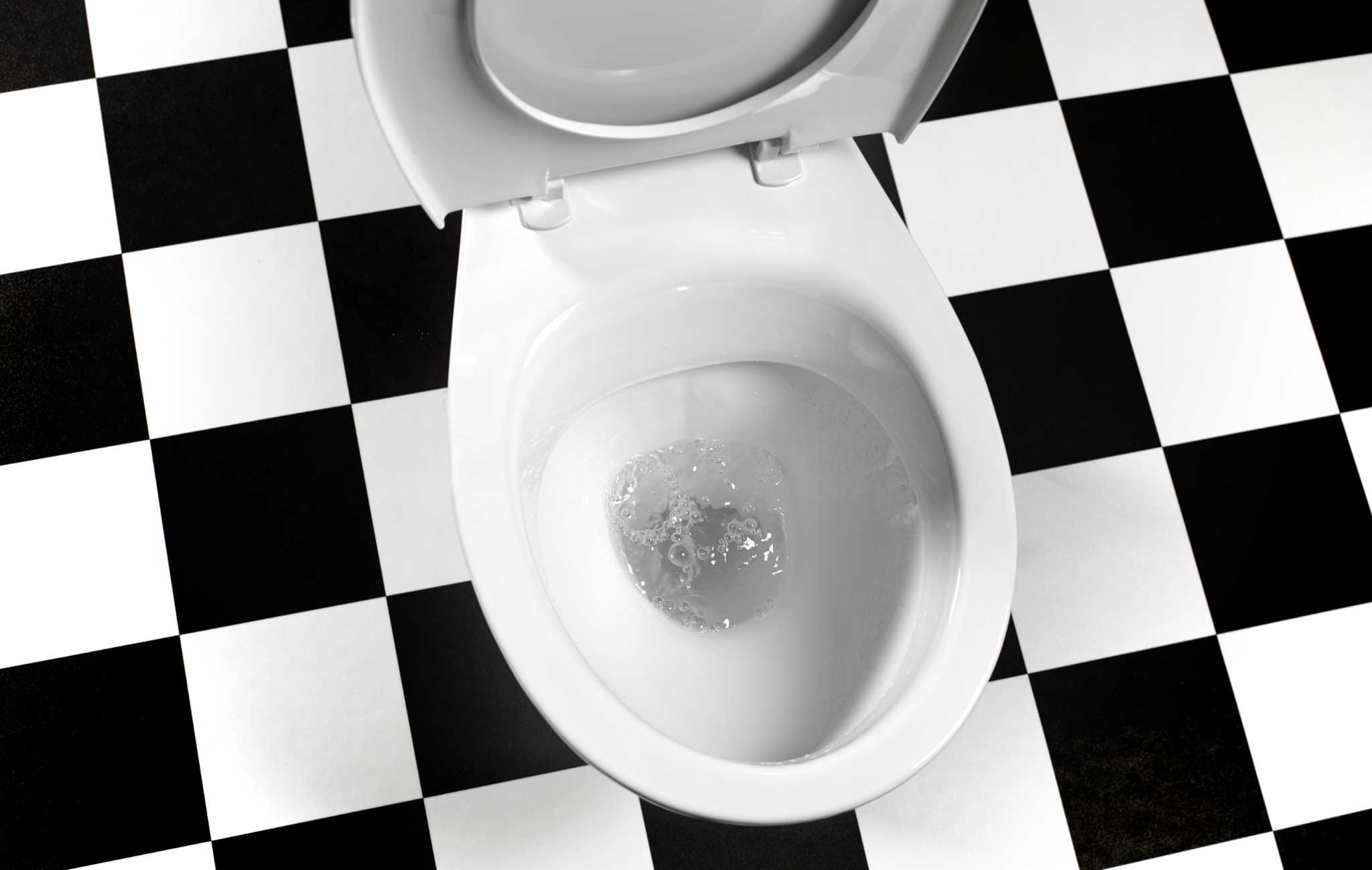
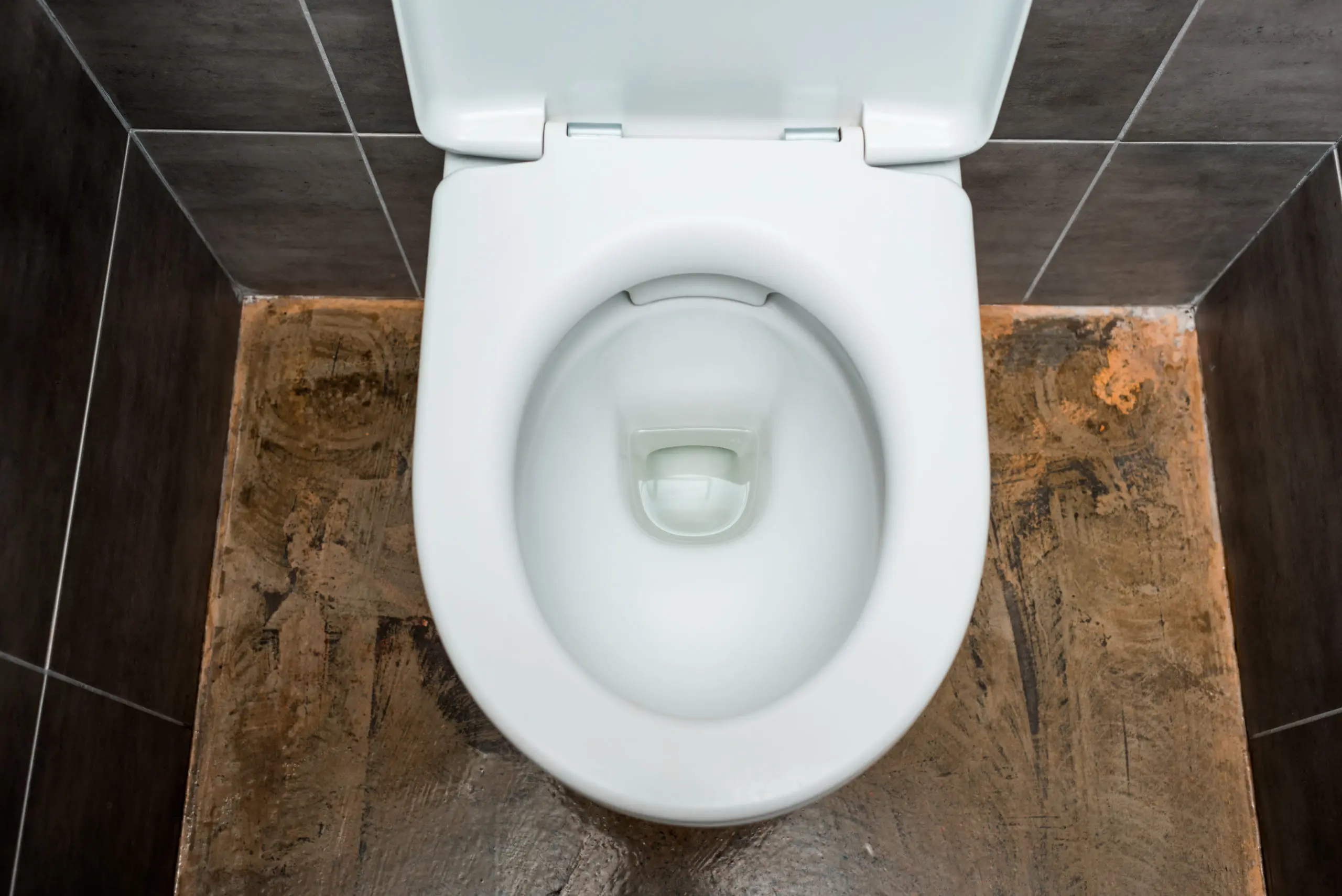
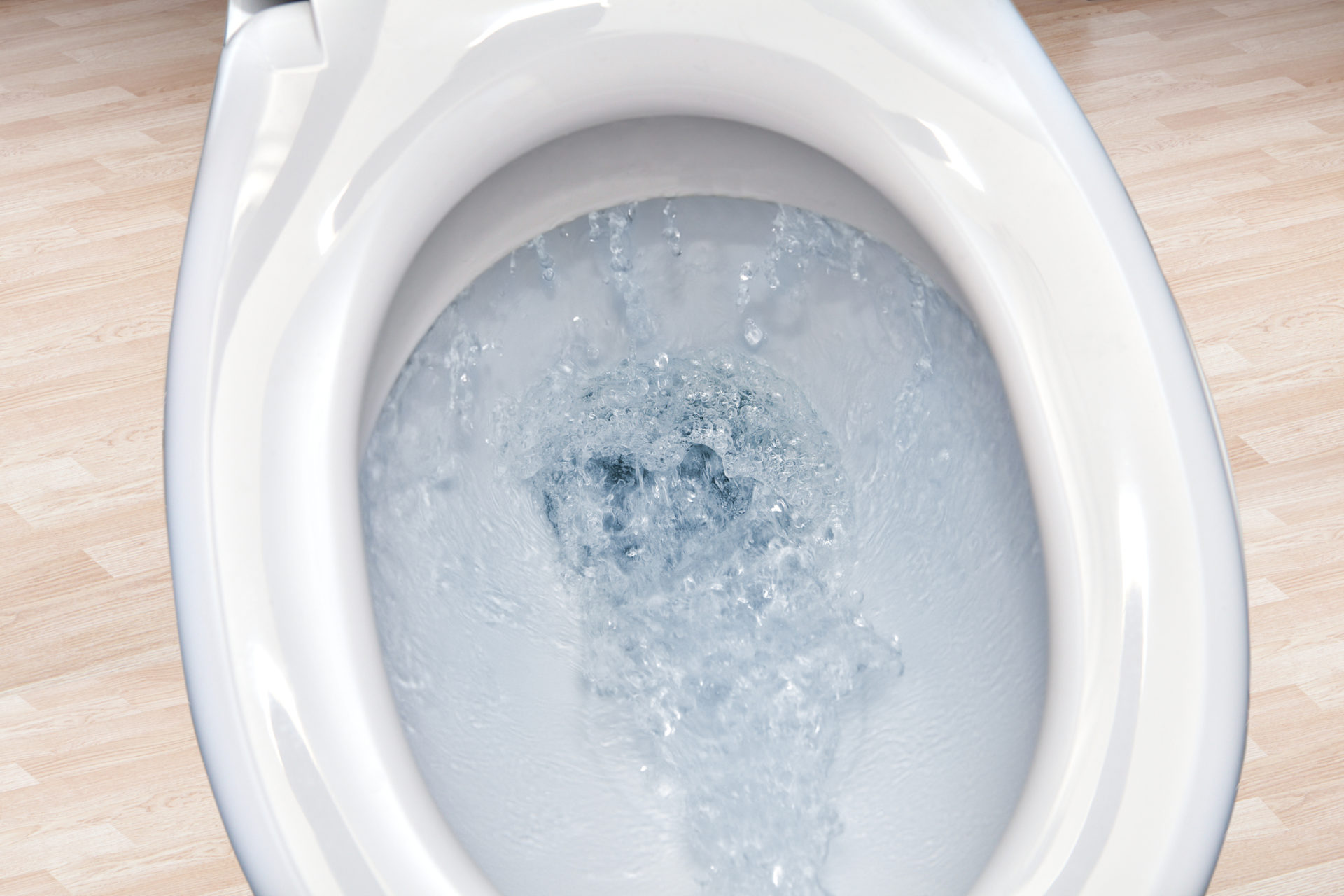
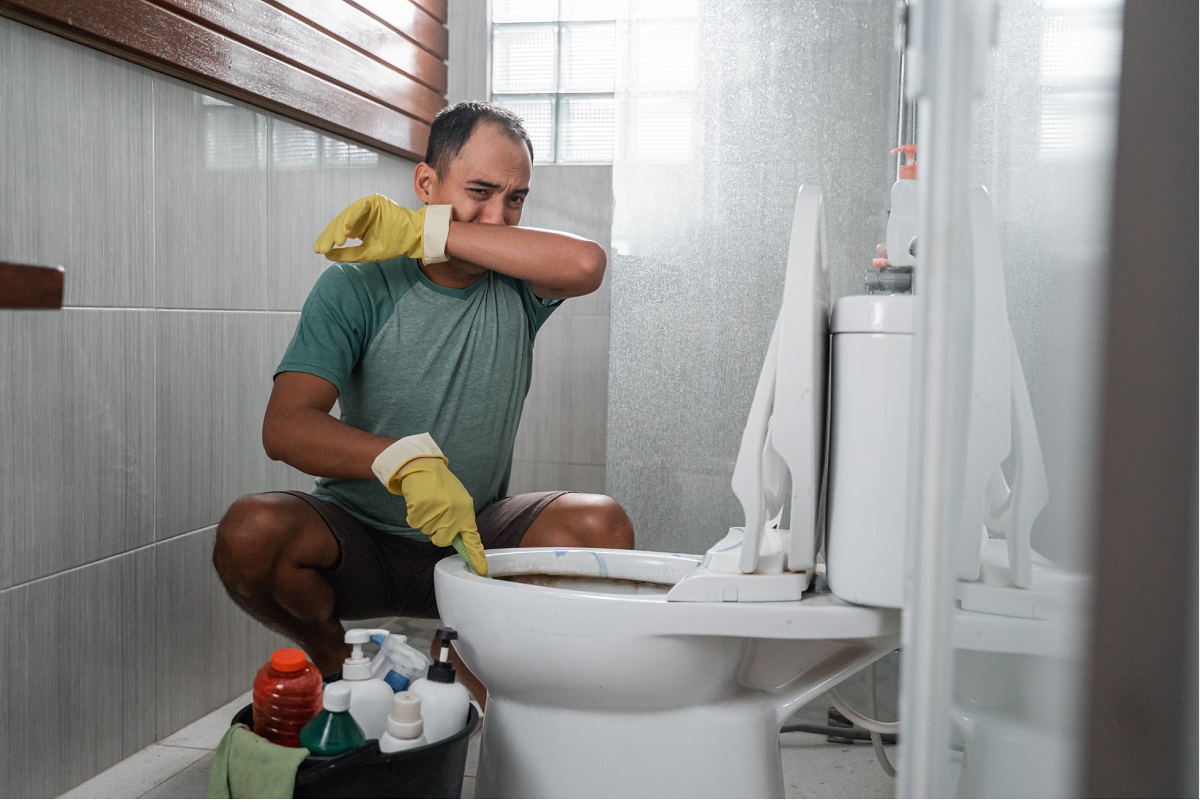
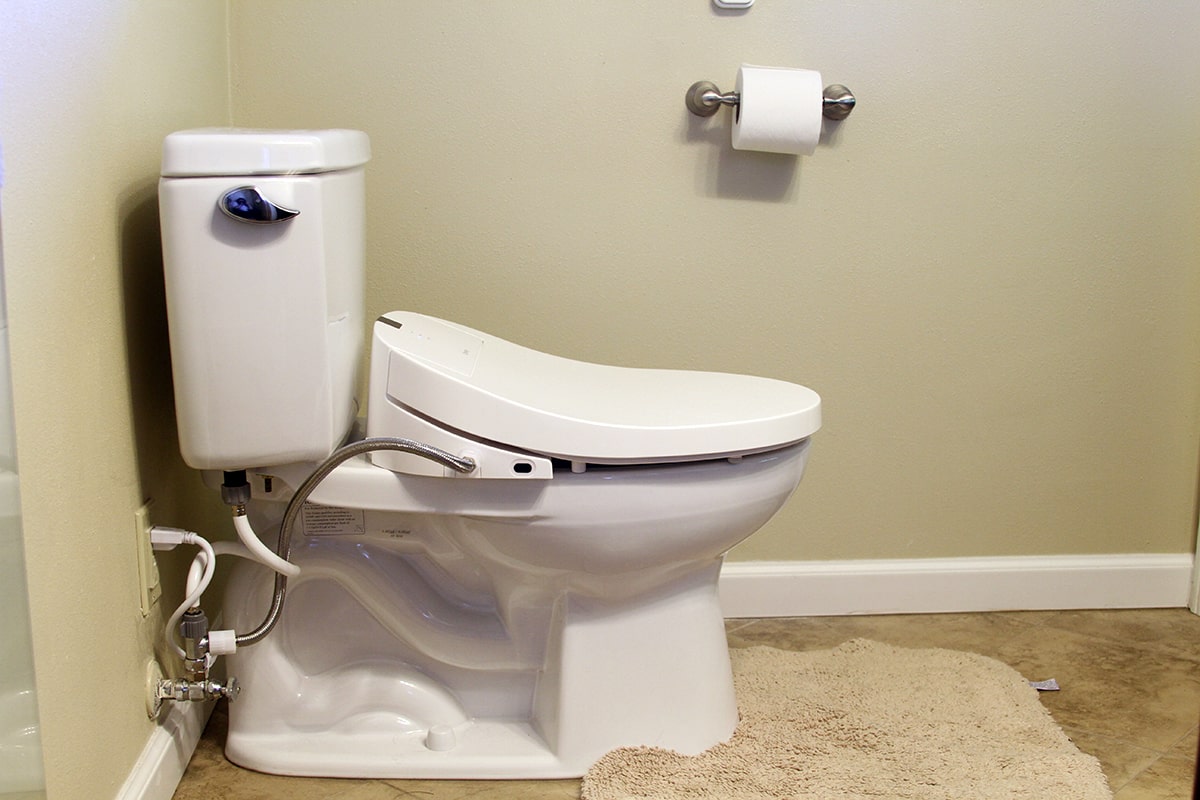
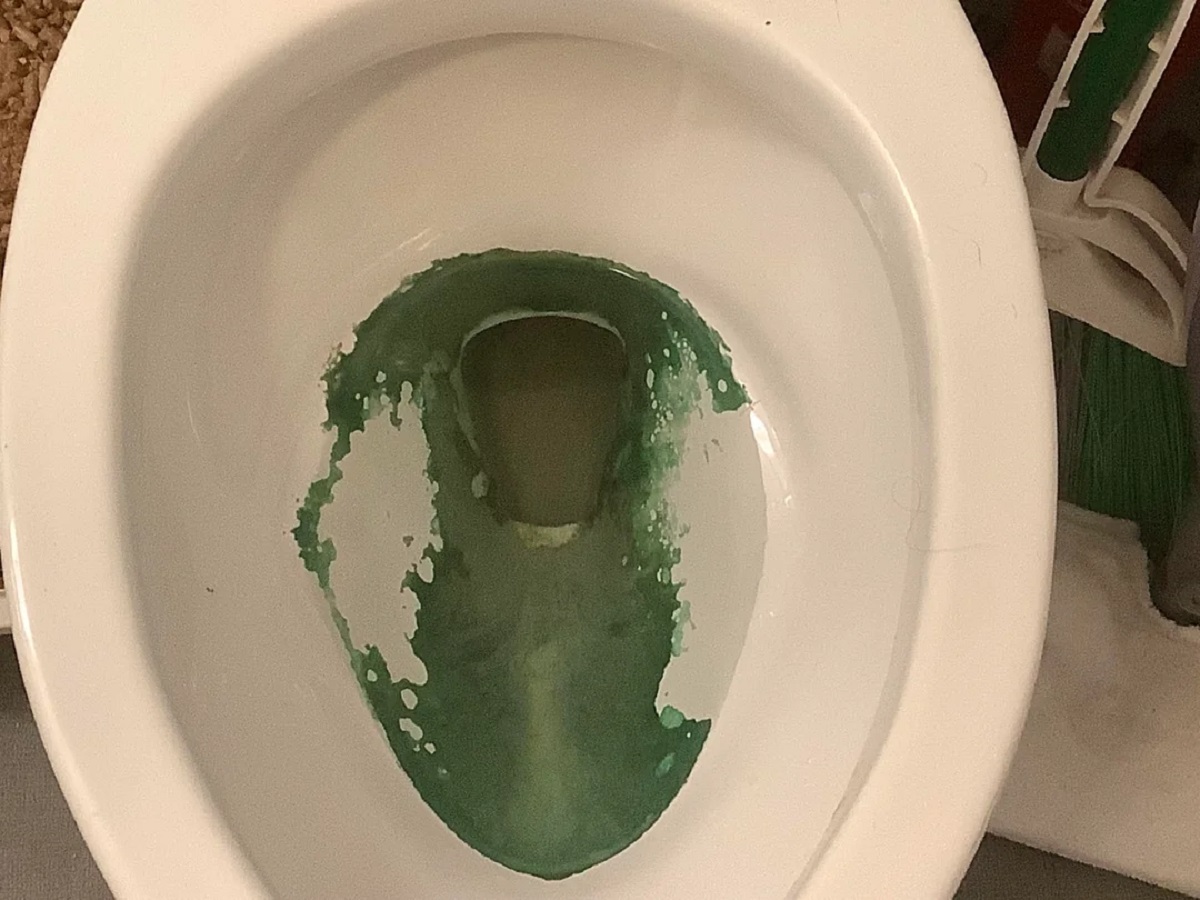
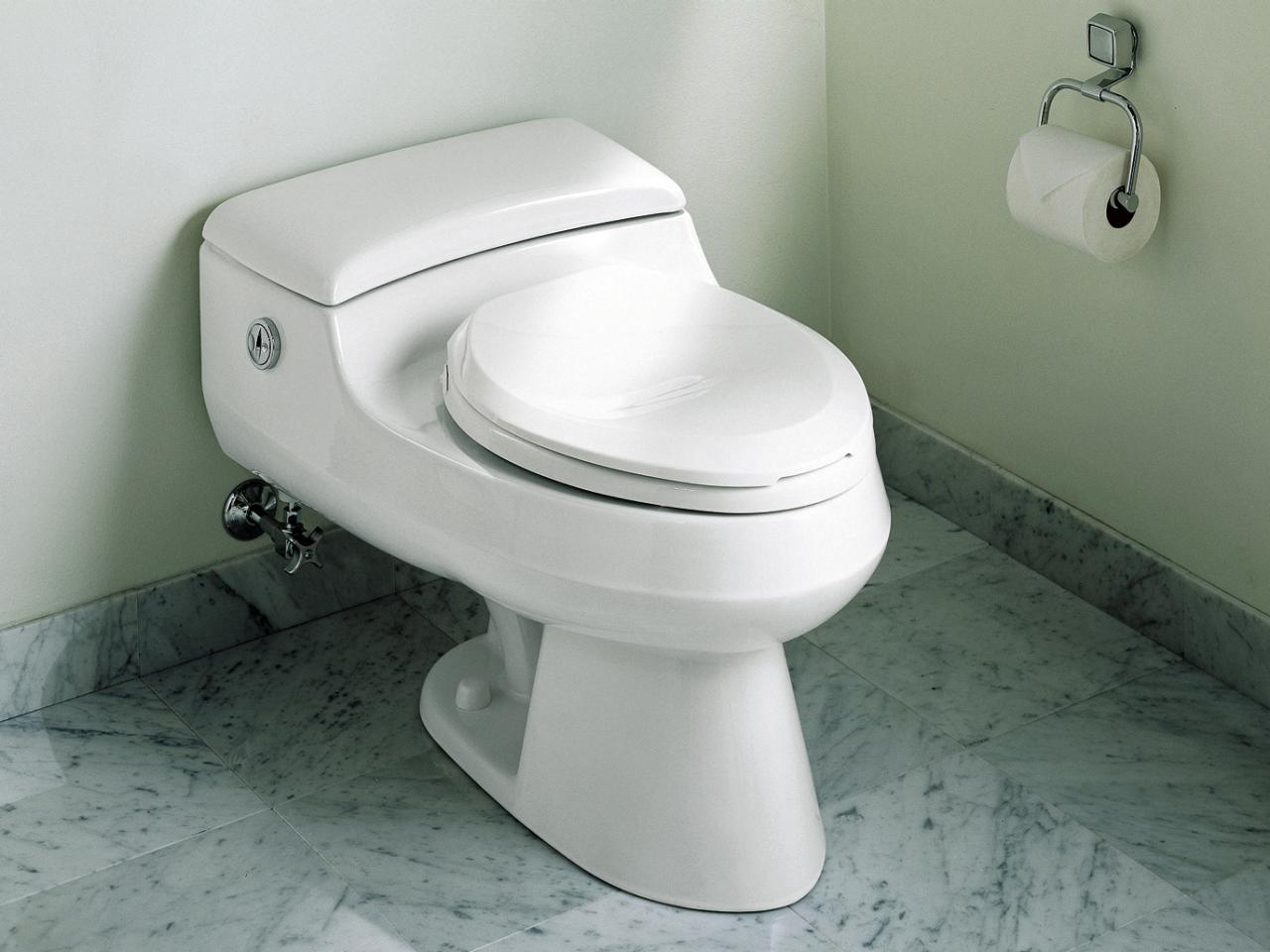
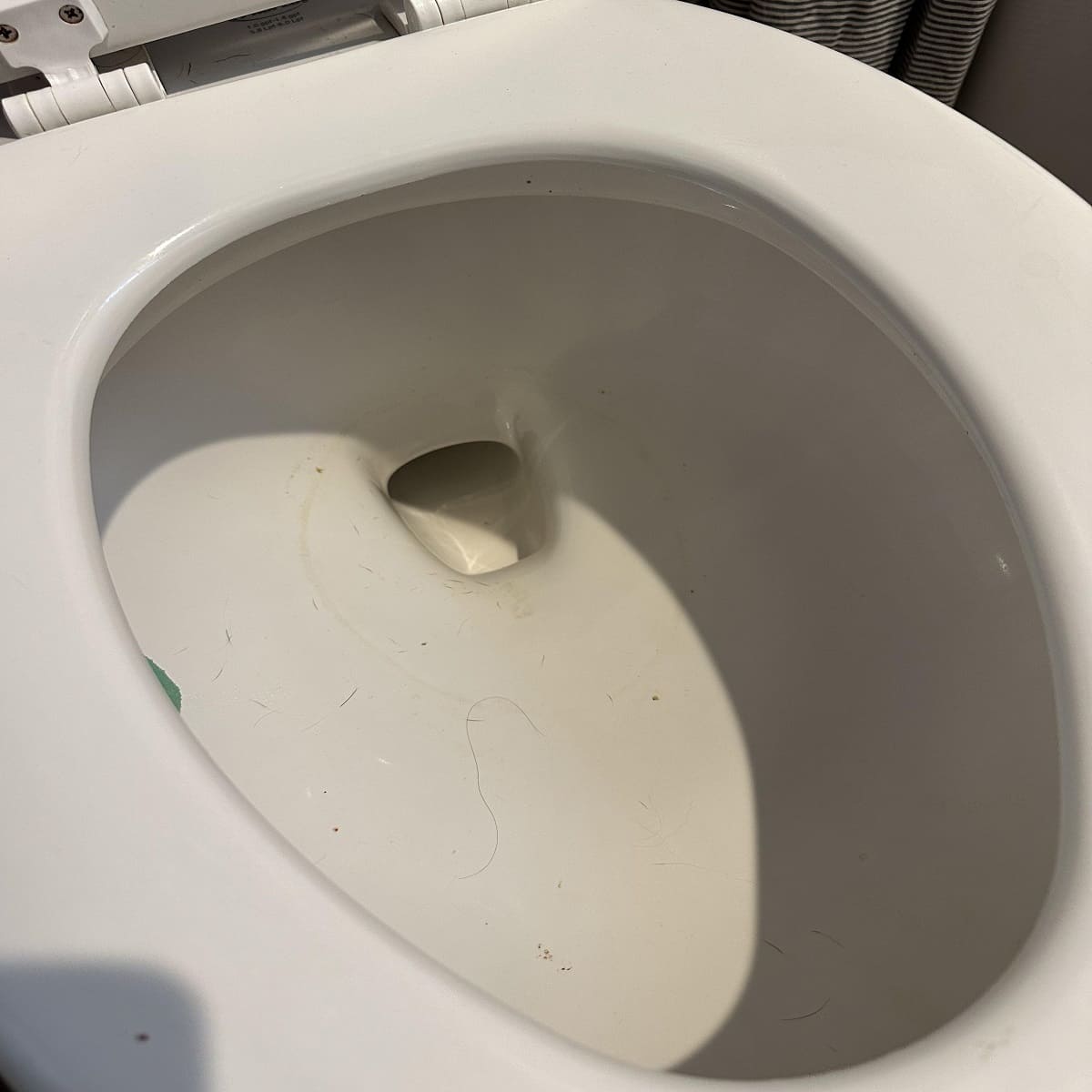
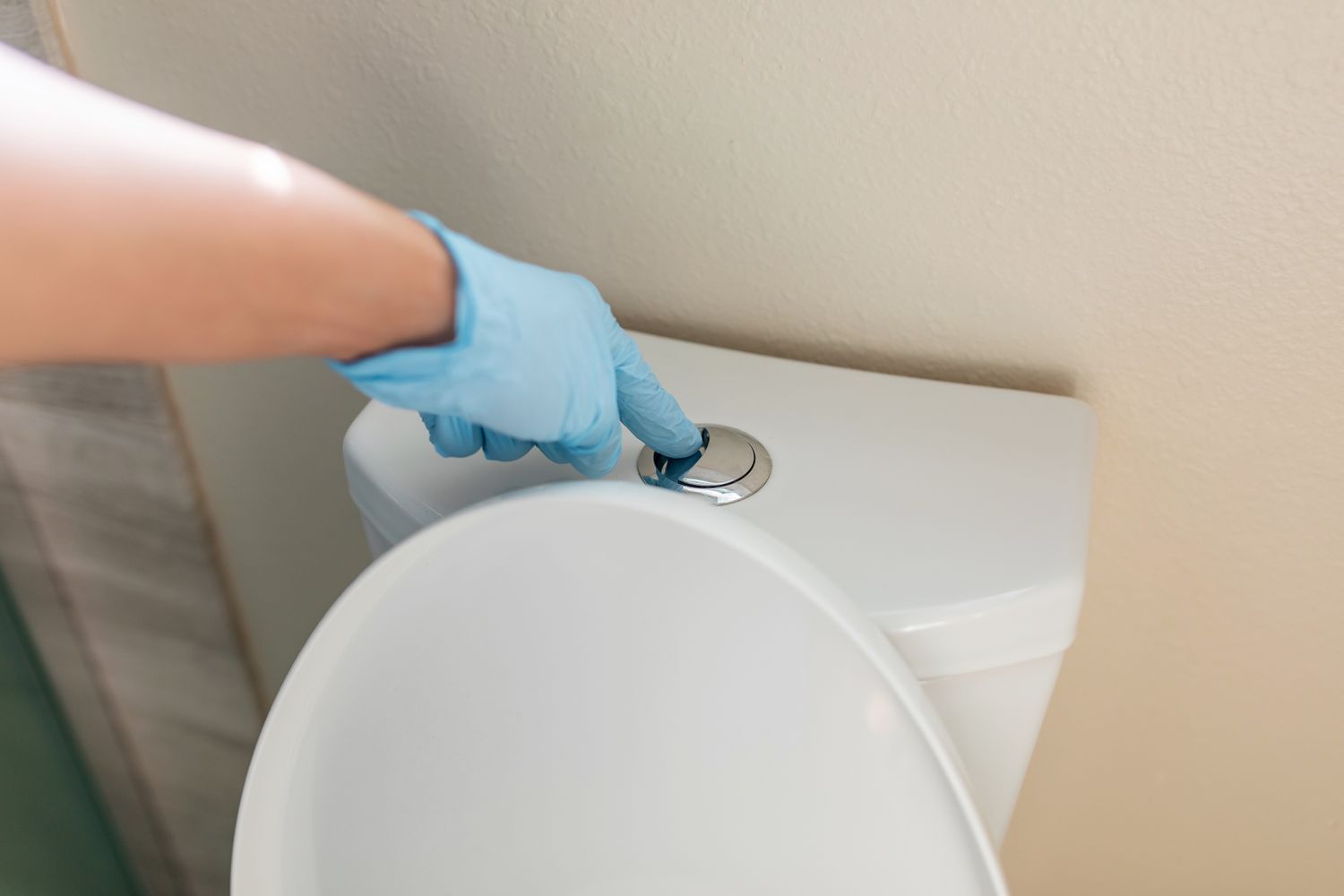
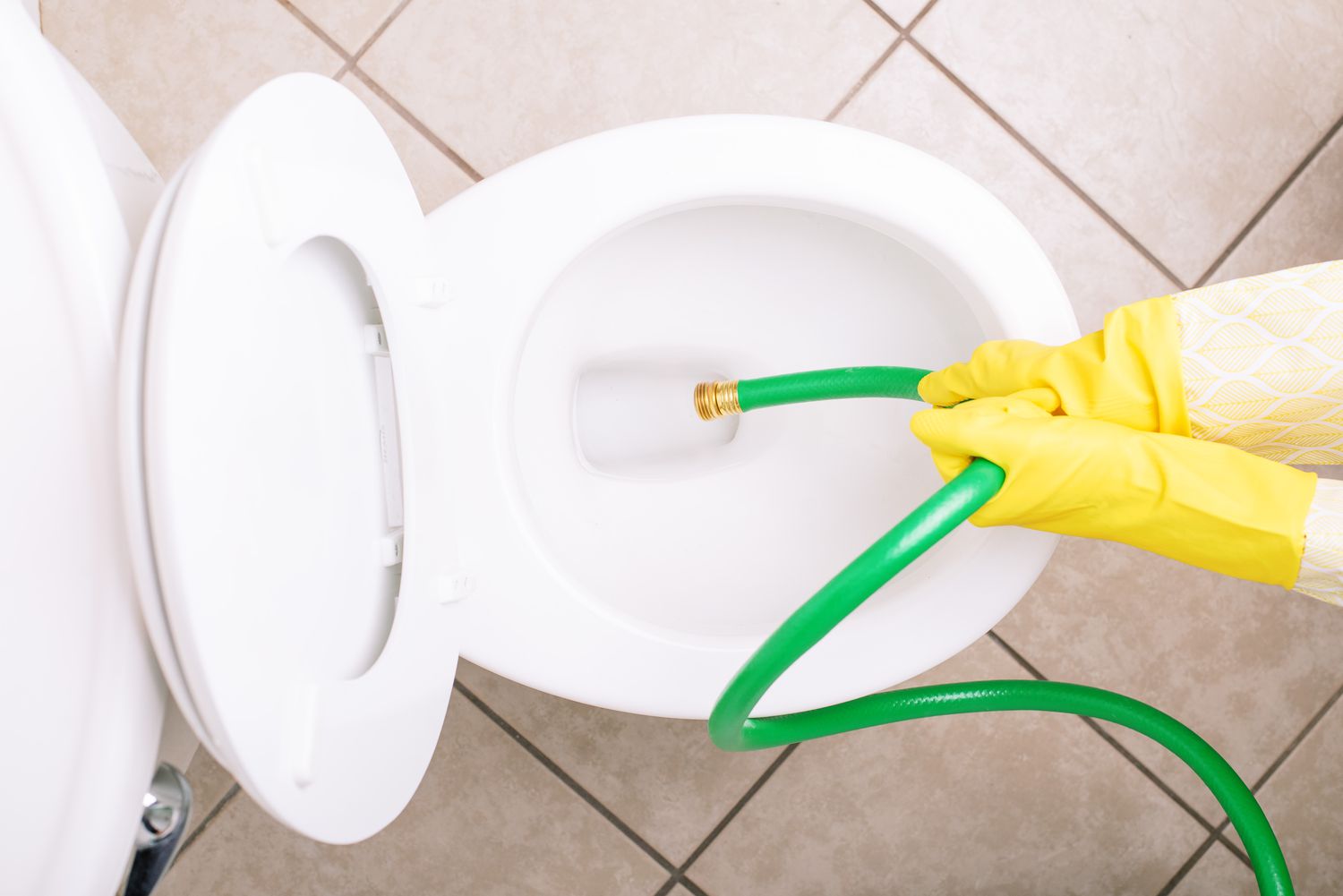
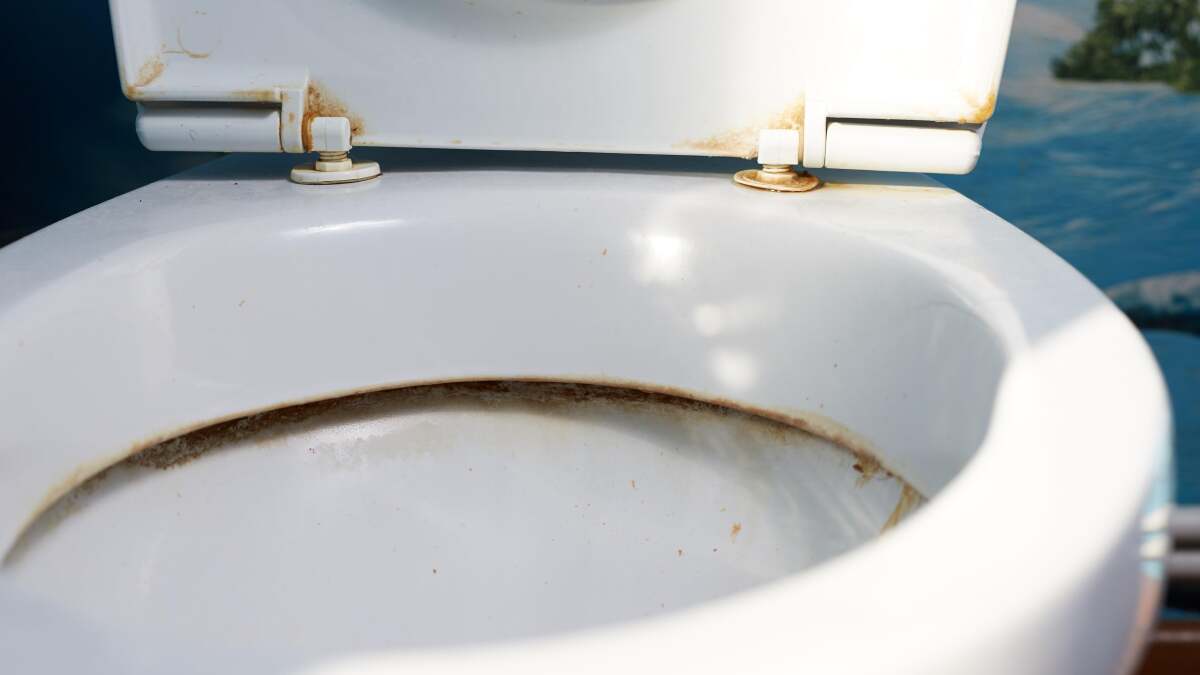
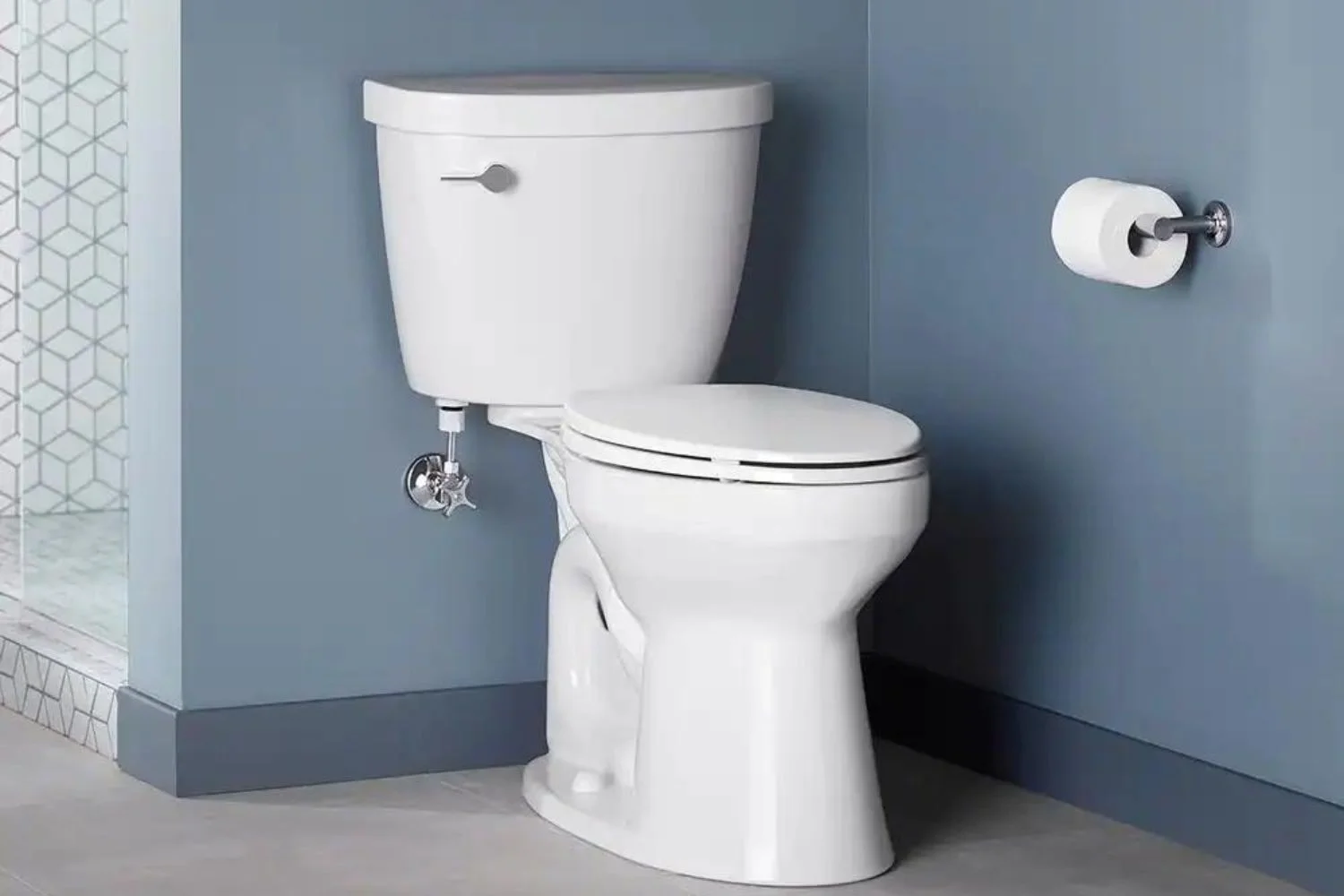
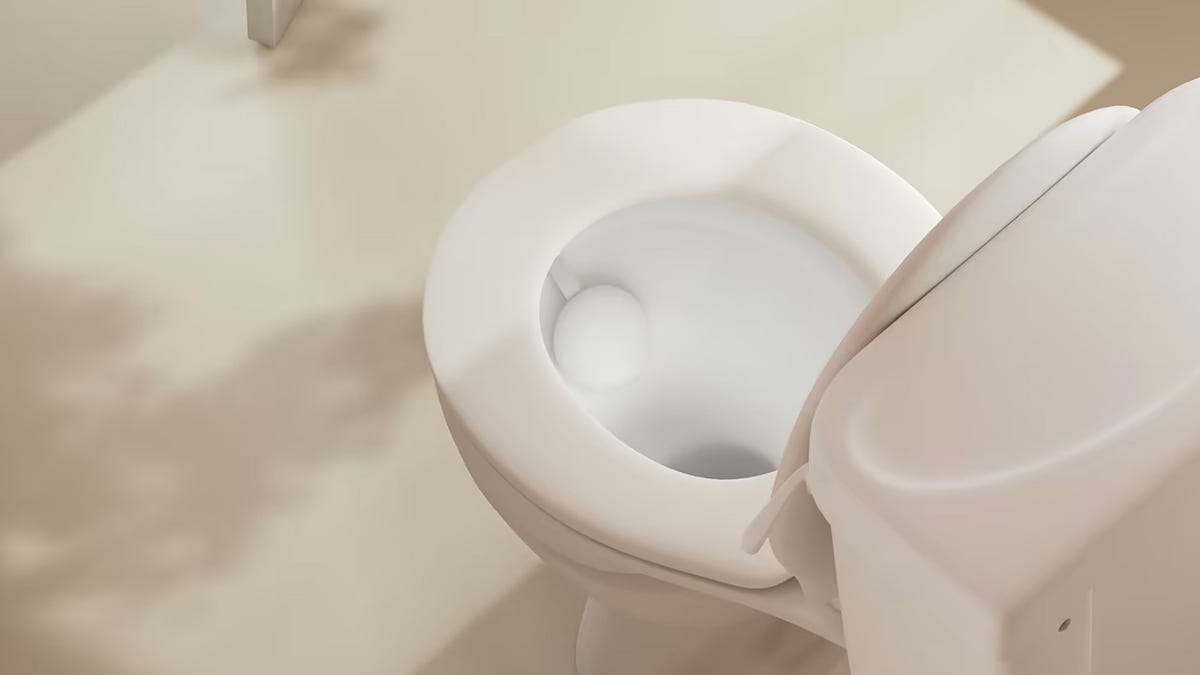
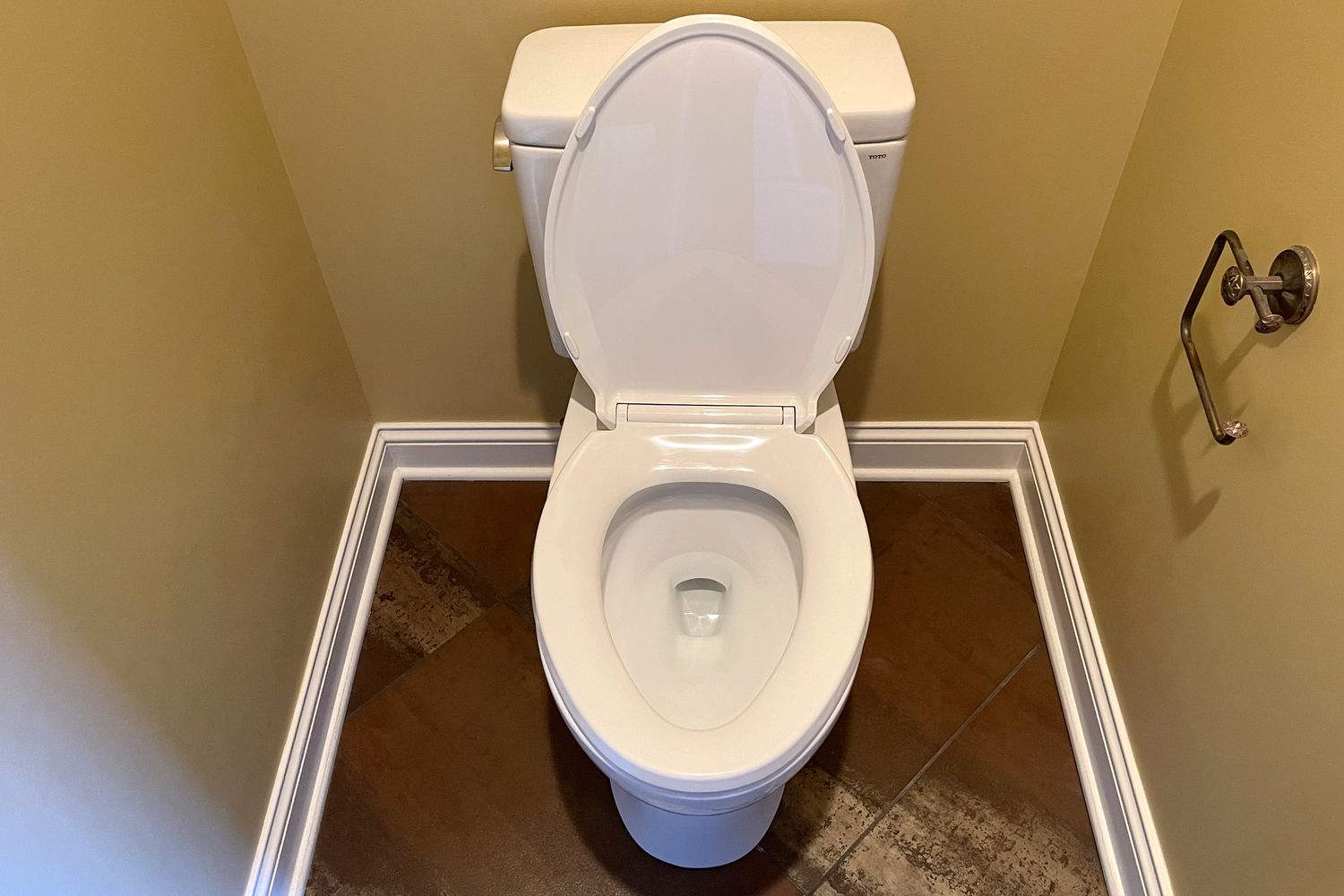

0 thoughts on “How To Get Toilet Bowl To Fill With More Water”